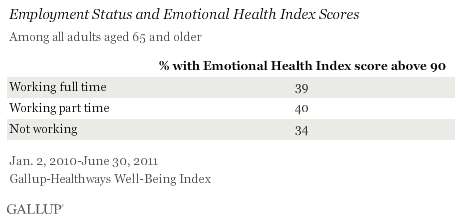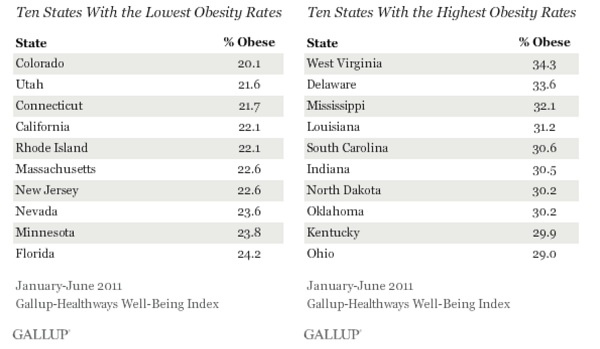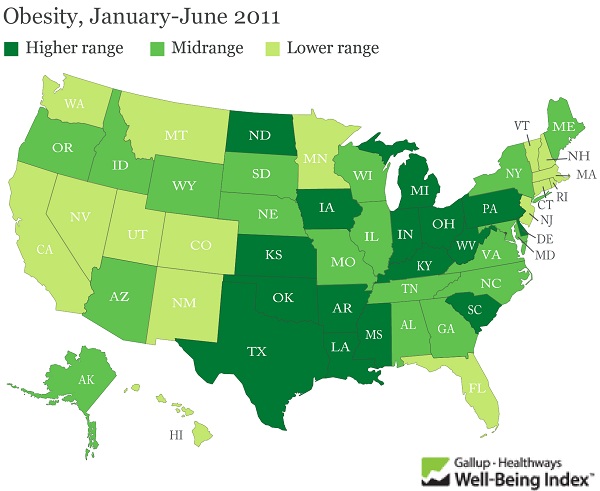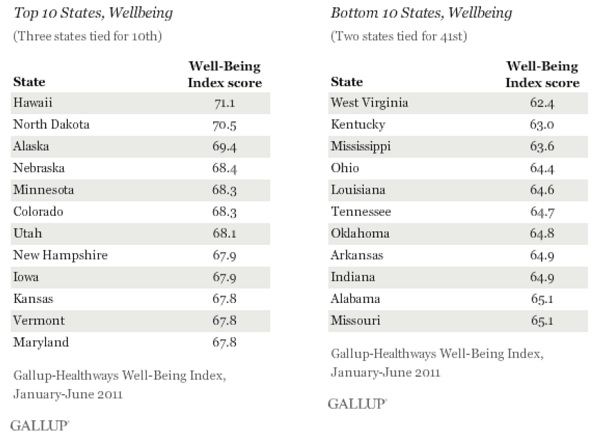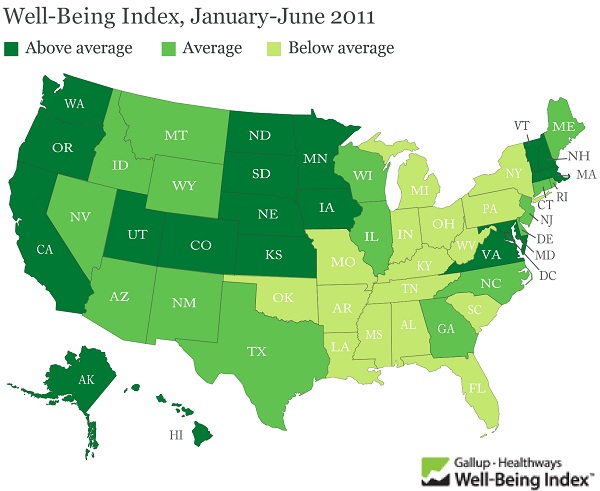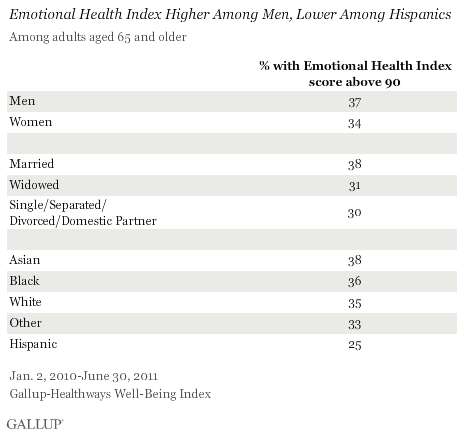Poll Watch: Southern and Western United States Have Highest Uninsured Rates
Posted on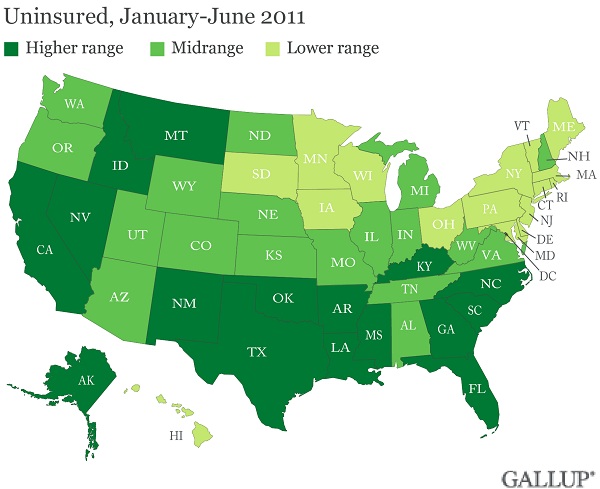
Texas residents continue to be the most likely in the United States to lack health coverage, with 27.2% reporting being uninsured in the first half of 2011. At the other end of the spectrum is Massachusetts, where health insurance is required and 5.3% of residents lack coverage. These two states have represented the upper and lower bounds of uninsured rates since Gallup and Healthways started tracking coverage in 2008.
These results are based on 177,237 interviews conducted daily from January through June 2011 as part of the Gallup-Healthways Well-Being Index. An average of 16.8% of all American adults were uninsured in the first half of 2011, similar to the 16.4% in 2010. This percentage, however, has been edging up each year since 2008, at which time 14.8% of adults were uninsured. The percentage of uninsured residents in all states so far in 2011 is on par with 2010, but in most states remains higher than in 2008.
And, the Southern and Western United States have the highest uninsured rates.
States in the South and West continue to have higher numbers of uninsured adults than do those in the Northeast — consistent with what Gallup found in 2008, 2009, and 2010. Eight of the 10 states with the highest uninsured rates in the country are in the South and the other two — California and Alaska — are in the West.
Texas, California, and Florida — all three of which have an uninsured rate higher than 20% — have disproportionately large Hispanic populations, the demographic group Gallup finds to be the most likely to be uninsured.
Uninsured rates are lower in the Northeast, with 7 of 10 states with the fewest uninsured residents located there, as in past years.
The chart:
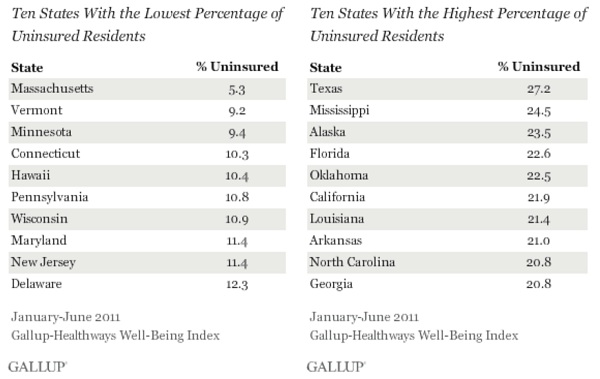
So, what does this mean?
President Obama’s Affordable Care Act has had little effect on people being insured or not. With the states struggling with budgets, it is difficult to see how many more people can be provided insurance without affecting the people that already have coverage.
Uninsured rates across states in 2011 appear to be relatively stable so far compared with 2010, but remain higher than in 2008. This could be seen as good news at a time when states are grappling with deep budget cuts and the implementation of new regulations and programs required under the Affordable Care Act. However, more than 10% of adults lack healthcare coverage in almost all states, with more than 15% going uninsured in 29 states. The fate of uninsured rates in America remains precarious as numerous states are challenging the legality of the new healthcare law in court.


